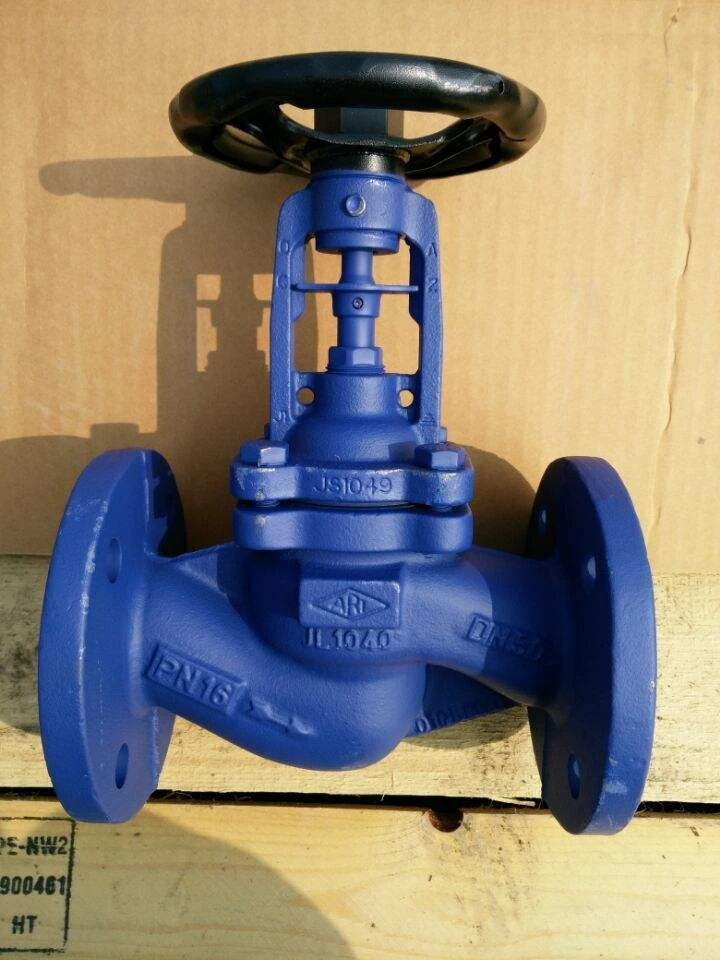12 月 . 04, 2024 16:35 Back to list
Different Varieties of Knife Gate Valves and Their Applications
Types of Knife Gate Valves
Knife gate valves are essential components in various industries where controlling the flow of liquids, slurries, or gases is crucial. They are favored for their simplicity and efficiency, especially in applications that involve thick, viscous materials. This article explores the different types of knife gate valves available in the market and their specific applications.
1. Manual Knife Gate Valves
Manual knife gate valves are operated through a handwheel or lever mechanism, allowing for straightforward operation. These valves are ideal for applications that do not require frequent adjustments. They are commonly used in water treatment facilities, paper mills, and wastewater management systems, where operators can manually control the flow with minimal complexity.
2. Electric Knife Gate Valves
Electric knife gate valves come equipped with an electric actuator, allowing for remote operation and automation. This type of valve is especially beneficial in processes requiring precise control and where manual operation would be impractical. Electric knife gates are prevalent in large industrial systems, as they can be integrated into automated processes and controlled via a centralized system.
3. Pneumatic Knife Gate Valves
Pneumatic knife gate valves utilize compressed air to operate the valve mechanism. This type of valve offers quick response times and is often preferred for applications that require fast flow shut-off or regulation. Pneumatic valves are common in environments where safety and speed are critical, such as chemical processing and food production facilities. They can handle higher pressures and are often found in more rigorous applications.
4. Hydraulic Knife Gate Valves
types of knife gate valves

Similar to pneumatic valves, hydraulic knife gate valves use pressurized fluid for their operation. These valves are suited for high-pressure applications, making them ideal for industries such as oil and gas, where the control of heavy fluids is necessary. Hydraulic valves can exert greater force than their pneumatic counterparts, providing smoother operation under challenging conditions.
5. In-line Knife Gate Valves
In-line knife gate valves are designed to be installed directly into a pipeline, providing a space-saving solution while retaining efficient flow control. These valves are often used in applications where maintaining a continuous flow is essential, such as in chemical processing or mining operations. Their design minimizes pressure drop and turbulence, ensuring that flow remains smooth.
6. Top-Entry Knife Gate Valves
Top-entry knife gate valves allow for maintenance and replacement of the internal components without removing the valve from the pipeline. This design is particularly advantageous in fixed installations where access may be limited. Top-entry valves are common in sewage treatment plants, where routine maintenance is necessary due to the abrasive nature of the materials handled.
7. Double Disc Knife Gate Valves
Double disc knife gate valves feature two blades that meet at the center, ensuring a tight seal when closed. This design enhances performance, particularly in applications involving thicker materials or slurries. These valves are utilized in industries such as mining, pulp and paper, and wastewater management, where a reliable seal is crucial to prevent leaks and maintain system integrity.
Conclusion
Knife gate valves are versatile and crucial components in many industrial applications. Understanding the different types of knife gate valves enables operators and engineers to select the most suitable option for their specific needs. Whether opting for manual, electric, pneumatic, hydraulic, in-line, top-entry, or double disc valves, the choice will depend on factors such as the material being handled, pressure requirements, and the desired level of automation. By making informed decisions about valve types, industries can ensure efficient operations while maintaining safety and reliability in their processes.
-
Y Type Strainers: A Comprehensive GuideNewsOct.18,2024
-
Understanding Water Valve Options for Your NeedsNewsOct.18,2024
-
Functions and TypesNewsOct.18,2024
-
An Essential Component for Fluid SystemsNewsOct.18,2024
-
Adjustment and ReplacementNewsOct.18,2024
-
Slow Closing Check Valves: A Key Component in Fluid SystemsNewsOct.08,2024
Related PRODUCTS









